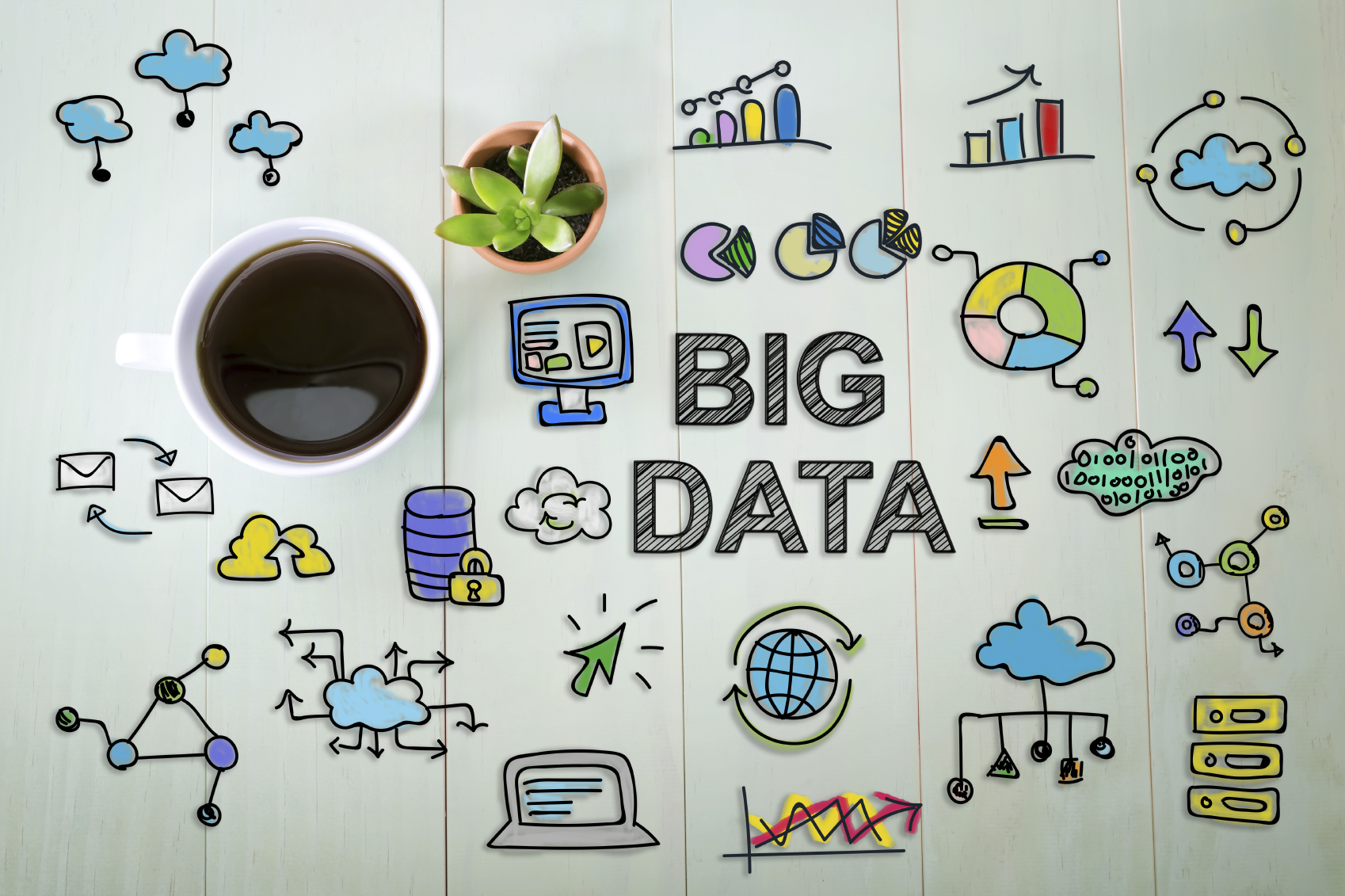On any Sunday you find yourself walking in a shopping center: you buy something, using one of the many loyalty cards for the discount of the month, you connect to WiFi, or wander through various shops not having a clear idea of what that we would like to buy. Willy-nilly, only with our disinterested passage, we can generate a large amount of data that can be reworked and used in a variety of ways by that mall. This logic can be easily applied in companies that have the resources to analyze and interpret collected data, also called “Big Data”.
What are Big Data?
Now we hear about it more often, but maybe you do not have a clear idea of what they are in the specific. The same term can be misleading as instinctively we associate it with a great deal of data, not knowing that our intuition is only partially true.
To better understand we can say that every day we produce a huge amount of information through smartphones, credit cards, sensors installed almost everywhere, and much more; this mass can be identified with the name of Big Data only after having been properly processed and analyzed to find objective comparisons.
Basically, what matters is the algorithm used to manage the amount of information collected and the many variables considered in a short time and with few resources compared to the past. The result is a more visual approach that suggests models of interpretation and new patterns.
A welcome feature is the fact that they are usable not only in the IT industry, but also in completely different markets like healthcare, retail, manufacturing, finance and many others. Practically this approach is functional for any sector foreseeing marketing actions.
Big Data is an ally for agile marketing
Among the billions of terabytes collected, there is a treasure of marketing data that companies need to analyze and understand to know what is relevant and what is not and how to use it to achieve better business results.
It’s not an easy job considering that according to some surveys, companies waste 40% of their marketing budget due to the inadequate use of big data. Big data is naturally all-encompassing and can be difficult to manage or use effectively.
They include structured and unstructured data that comes from many devices. With this wide range of information available, the company’s marketers need to focus on high-impact information – the data that can drive the company’s strategic decisions.
The only way marketing managers can exploit the right form of data is to know what is relevant and what is not. This helps a company to differentiate itself from the competition.
How to understand which data are relevant to marketing? Here are some suggestions …
Use goals to focus
Better analysis of marketing data can reduce ROI from 10% to 20%. But to take full advantage of this, you will need to determine the most relevant data for your business goals and then focus accordingly. About 50% of the companies interviewed by McKinsey showed that companies are struggling to know the effects of digital marketing on profits and sales. There seemed to be a chasm between the information available and the sellers’ ability to link the data with the results. For example, a retailer who wants to increase conversions on one of the web pages should take a close look at the keywords that help drive traffic and then link the metrics with targeted results, such as revenue and conversions. Using this intelligence, the retailer can design a plan that regulates the keywords to provide a positive impact.
Precision of priorities
Regardless of the relevance of data, it is only useful when these are reliable. If certain specific types of data do not fall within core competencies, but are meaningful to the business, do not ignore them. Rather, make sure that you consider alternatives that can help fill in information gaps. When possible, leverage partnerships to obtain reliable sources that provide accurate data. For example, you can collaborate with a company that has close relationships with Twitter when examining social network information.
Group information
The multidimensional and immense nature of Big Data becomes “digestible” by the company and useful only when you look at the specific instead of considering the entire universe of existing information. Rather than checking all the information it is better to group them so as to have smaller and more homogeneous areas. For example, when you see a chance to improve the performance of your mobile devices, take a look at the sharing you have and compare it with that of your strongest competitor. Analysts can use big data to generate information about customer experiences and behavior. This information can then be used to better understand customers, allowing them to meet their needs more effectively.
How useful Big Data can be?
You can focus on the relationship of the Brand with the customer on digital channels, a challenge that becomes more complex day by day due to mobile and IoT. To cope with this difficulty, companies need to be flexible, have an agile marketing and develop more and more skills.
Many of these new skills, which include the ability to select and interpret the collected data for strategic purposes, are still missing in many companies. According to a research by the Boston Consulting Group, 60% of companies underutilize data or do not collect them systematically as they would like.
A rather discouraging fact because the applications of an analysis of this kind are numerous and potentially useful for improving performance and ROI.
For example, Data Driven Marketing investigates among the innumerable information on the customers gathered – demographic, behavioral data, related to the relationship with the company – to identify the best strategies to acquire, maintain or regain customers. In this case, the magic word is customization: being able to interpret the needs of the consumer in more depth allows us to offer goods / services that are more suited to their satisfaction.
Through Data Mining it is possible to identify unusual and potentially useful correlations. For example, according to some research evaluating the financial risk of a person, it has been noticed that the subjects who buy furniture felts can be among the best clients for the lenders, because they are less likely to contract debts.
You may also like: Facts about education in Mexico







